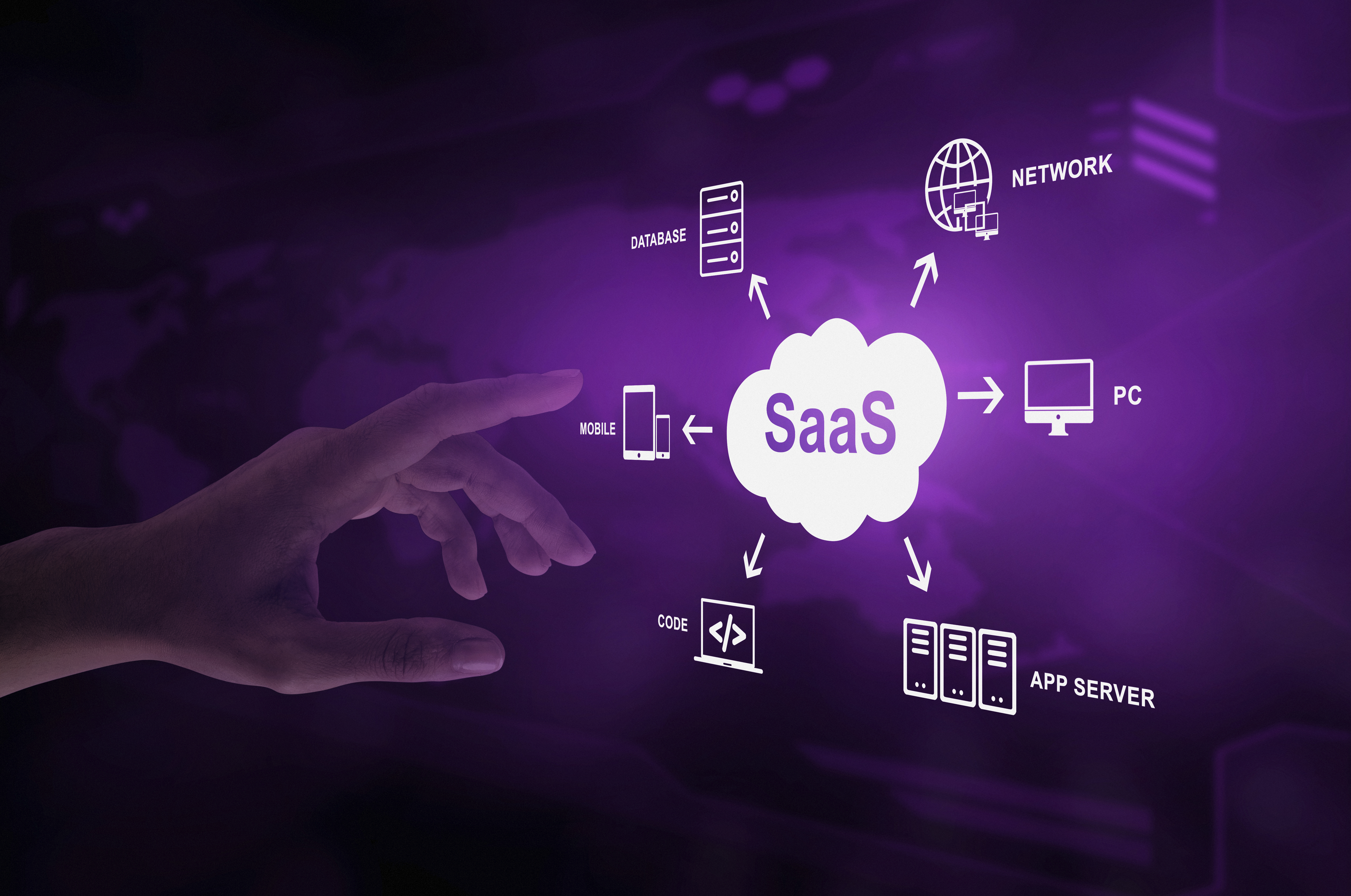Why SaaS Application Development is Revolutionizing the Software Industry

In the fast-paced digital era, Software as a Service (SaaS) has emerged as a game-changing model, redefining how businesses and individuals access and utilize software. SaaS application development is not merely a trend; it is the cornerstone of the software industry's evolution, offering scalability, accessibility, and innovation at an unprecedented level.
The Rise of SaaS: A Paradigm Shift in Software Delivery
Traditional software delivery models, often plagued by high upfront costs, complex installations, and limited accessibility, have given way to SaaS, a subscription-based model hosted on the cloud. This shift has enabled businesses to focus more on their core operations rather than worrying about IT infrastructure.
SaaS applications, accessible via a web browser, have democratized technology, providing small businesses with tools previously reserved for enterprises. The ability to scale resources on demand and the elimination of maintenance overhead have made SaaS the preferred choice for organizations across industries.
Key Drivers Behind SaaS Revolution
- Cost Efficiency
SaaS eliminates the need for expensive hardware, extensive IT teams, and periodic upgrades. Organizations pay only for what they use, making it a highly cost-effective solution, especially for startups and SMBs. - Global Accessibility
The cloud-hosted nature of SaaS ensures that users can access applications anytime, anywhere, with an internet connection. This flexibility has become vital in the age of remote work and global collaboration. - Scalability and Flexibility
SaaS applications can scale effortlessly to accommodate business growth. Whether it’s adding users, integrating third-party services, or upgrading features, SaaS platforms are built to adapt. - Seamless Updates and Maintenance
Unlike traditional software, SaaS applications are updated in real time by the provider. This ensures that all users always have access to the latest features and security enhancements without disruptions.
Key Benefits of SaaS Application Development
- Multi-Tenancy Architecture: A single instance of the application serves multiple users, optimizing resources and reducing operational costs.
- Data Security: With robust encryption and compliance measures, SaaS platforms offer high levels of data protection.
- Rapid Deployment: SaaS applications are quick to implement, enabling businesses to go live faster than ever.
Industries Transforming Through SaaS
The impact of SaaS spans industries, from healthcare and education to finance and retail:
- Healthcare: Telemedicine platforms powered by SaaS provide patients with virtual consultations and health monitoring tools.
- Education: Learning management systems (LMS) like Moodle and Canvas have made e-learning more interactive and accessible.
- Finance: SaaS-based accounting and payroll systems streamline complex financial operations.
Challenges in SaaS Application Development
While the benefits are immense, developing SaaS applications is not without its hurdles:
- Data Security: Protecting user data in multi-tenant environments is critical and requires cutting-edge encryption technologies.
- Performance Optimization: Ensuring high-speed performance for global users demands robust server infrastructure and efficient coding practices.
- Customization vs. Standardization: Balancing user-specific customization while maintaining the simplicity of standardized offerings is a delicate act.
The Future of SaaS Application Development
As technology evolves, so does SaaS. Emerging trends are set to propel the model even further:
- Artificial Intelligence (AI): AI-powered SaaS platforms are offering personalized recommendations, automation, and predictive analytics, revolutionizing user experiences.
- Low-Code Development: The rise of low-code and no-code platforms is democratizing SaaS development, enabling businesses to create custom applications with minimal technical expertise.
- Vertical SaaS: Tailored solutions for specific industries are gaining traction, addressing niche requirements with precision.
Conclusion
SaaS application development is more than a technological innovation—it is a fundamental shift in how software is created, delivered, and consumed. By offering cost-efficiency, scalability, and flexibility, SaaS is empowering businesses of all sizes to achieve their goals while setting the stage for a future driven by cloud computing and innovation.
For organizations seeking to stay ahead in a competitive landscape, embracing SaaS application development is no longer optional—it is imperative. As the software industry continues to evolve, SaaS remains at the forefront, shaping the digital economy of tomorrow.
Author: Alven | Date: 2025-01-09 17:54:13
